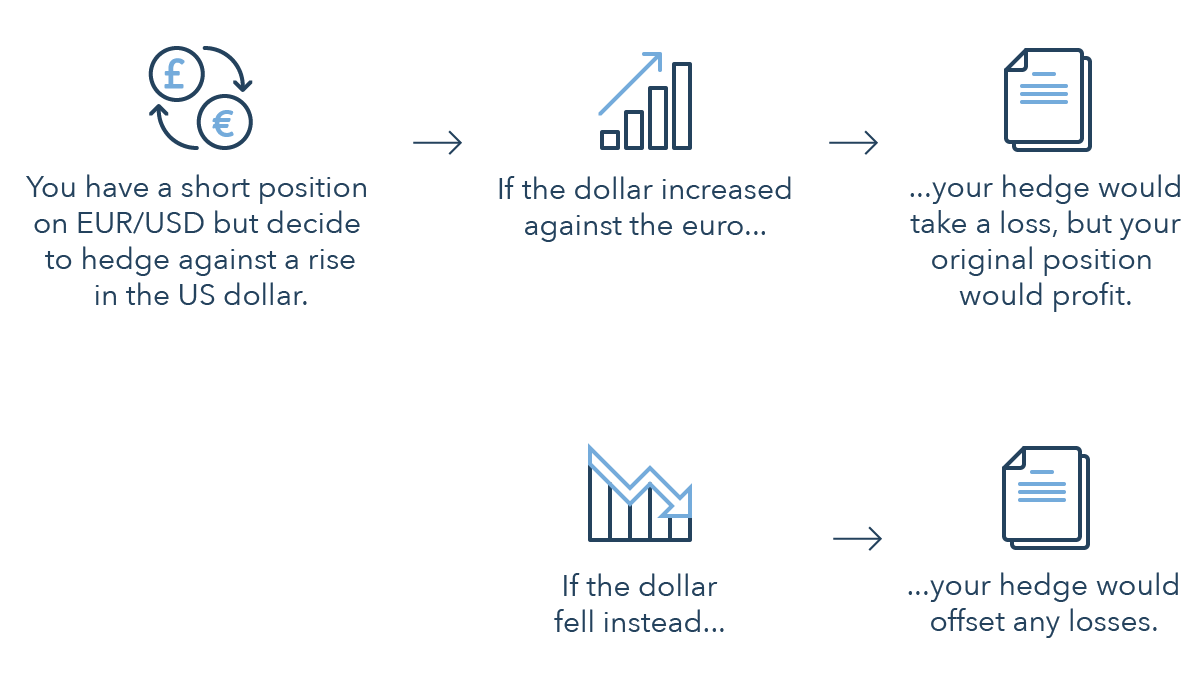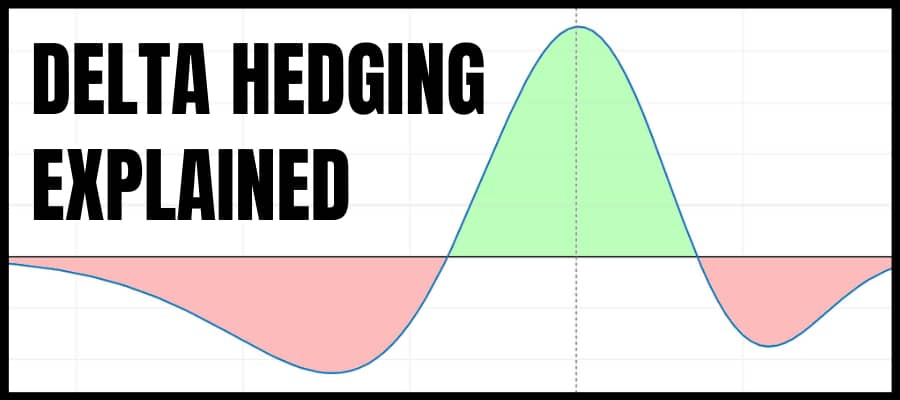Introduction
Are you fascinated by the fast-paced world of options trading, where the potential for high rewards often coincides with considerable risk? If you’re nodding with intrigue, you’ve stumbled upon the right place. In this comprehensive guide, we’ll dive into the intricate concept of hedging in options trading, a technique employed by traders to mitigate risk and enhance their profitability. Whether you’re a seasoned veteran or a novice dipping your toes into the trading waters, this article will provide invaluable insights into the art of hedging, helping you navigate the labyrinth of options trading with greater confidence and finesse.
Understanding Hedging: A Path to Risk Mitigation
In the realm of finance, hedging has emerged as a crucial strategy for investors seeking to protect their portfolios from adverse market fluctuations. By implementing hedging techniques, traders can effectively reduce the potential losses associated with their trades, preserving their financial stability amidst the inherent volatility of financial markets. In the context of options trading, hedging assumes even greater significance. Options, being derivative instruments, derive their value from the underlying asset, leaving them exposed to the whims of the market. Hedging provides traders with a means to offset these risks, ensuring they don’t find themselves at the mercy of unpredictable market movements.
Delving into the Types of Hedges in Options Trading
When it comes to hedging in options trading, traders have a diverse range of strategies at their disposal. These strategies vary in complexity, each tailored to specific risk profiles and objectives. Let’s explore some of the most commonly employed hedging techniques:
-
Delta Hedging: This strategy involves adjusting the number of options contracts held to neutralize the delta of the underlying position. It aims to keep the overall delta of the portfolio close to zero, thereby minimizing the impact of price changes.

Image: www.ig.com -
Gamma Hedging: Gamma hedging focuses on managing the gamma of the option position, a measure of how the delta changes in relation to price changes. By balancing the gamma of the underlying position, traders can mitigate the potential for large and sudden delta changes.
-
Vega Hedging: Vega hedging aims to neutralize the vega of the option position, which measures the sensitivity of the option’s price to changes in volatility. By adjusting the number of contracts or using volatility-based strategies, traders can reduce the impact of volatility fluctuations.
-
Theta Hedging: Theta hedging involves managing the theta of the option position, a measure of how the option’s value decays over time. Traders can employ strategies such as selling options with different expiration dates to mitigate the effects of time decay.
Practical Applications: Unlocking the Power of Hedging
Now that we’ve covered the theoretical foundations of hedging, let’s delve into some real-world examples to illustrate how these strategies can be applied in practice:
-
Portfolio Protection: Imagine you own a portfolio of stocks that has been performing well. You anticipate a potential market downturn and want to protect your gains. A well-structured hedging strategy using options can help you offset potential losses, preserving the value of your portfolio.
-
Speculating with Reduced Risk: You believe the price of a particular stock is undervalued and expect it to rise in the long run. However, you’re concerned about short-term volatility. By hedging your position with options, you can capitalize on the potential upside while limiting the downside risk.
-
Income Generation: Experienced traders can explore advanced hedging strategies, such as covered calls or collar strategies, to generate additional income while managing risk. These strategies involve selling options against existing assets, allowing traders to collect premiums.

Image: tradeoptionswithme.com
What Is Hedge In Options Trading

Image: forexvestor.com
Conclusion: Embracing Hedging for Trading Success
Hedging in options trading has proven to be an invaluable tool for traders seeking to navigate the volatile waters of financial markets. By effectively utilizing hedging strategies, traders can significantly reduce their risk exposure, enhance their profitability, and achieve greater peace of mind. Remember, trading involves inherent risks, and it’s crucial to approach it with knowledge, prudence, and a well-defined risk management strategy. As with any trading endeavor, it’s highly advisable to consult with experienced professionals before making any substantial investments, ensuring that your hedging strategy aligns with your financial goals and risk tolerance. Embark on the path of options trading with confidence, and may your trades be accompanied by both wisdom and fortune.






